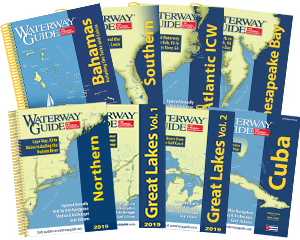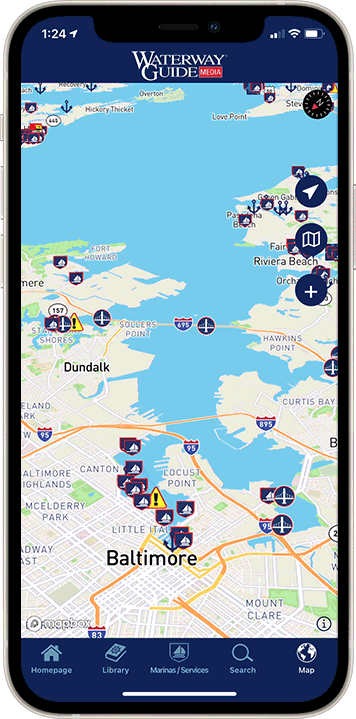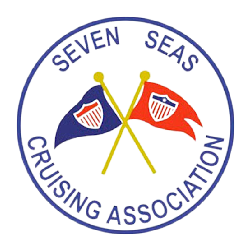
With the season in hand, we must start thinking about getting the boat from "the hard" and back. Recently, we wrote about commissioning (making ready) the boat for the summer months. And you may recall that we started with making sure that the trailer was capable of safely transporting your boat from the driveway to the boat ramp. This column expands considerably on that. Since this is a topic that can take up lots of space just due to safety precautions, this is part I of a two-part series.
I had an uncle that drove his boat pretty hard – WOT (Wide Open Throttle) and dead-stop were his two favorite speeds. As you might expect, the boat wore out from stress and strain. When he used to complain to me about it, I said, "If you constantly drove your brand-new car at full speed over a bumpy road, would you be surprised that it might start to shake loose?" He said, "hmm."
Well, that started me thinking about trailering - when you are driving your boat over many types of road (how about those winter-created pot holes?) at relatively high speeds. Stresses from over-the-road travel can be more punishing than normal operation. A boat is designed to sit in water, along her waterline. While the manufacturer may even put some markings along the waterline that say, "trailer strap goes here", nothing "extra" is there – it is simply a mathematical recommendation about the weight displacement of the boat. And that is before you added all that gear. So, trailering is, by its nature, more stressful on the boat than riding at anchor.
Make Sure The Trailer Is Well-Suited For Hauling
So, start with making sure that what the boat sits on isn't adding to the stress. You don't want your rollers or bunkers stressing, scratching or gouging the hull. Make sure that the tie-downs (and engine support pole) do not permit the boat to bounce on the trailer. Once all is secure, make some marks or apply some tell-tales so you can consistently have the boat sit snuggly on her trailer.
Make Sure The Boat Is Well-Situated On The Trailer
But first - be sure she is sitting properly in the first place! What does that mean? No more than 7%-10% of the total weight of the boat should be on the trailer "tongue" – the part that attaches the ball and coupler together. This means that a 3,000 pound boat, including engine, cooler, etc, can have no more than 210lbs to 300lbs on the tongue. Well, how do you tell that!? You'll need a couple of bathroom scales and a strong friend. Each of you stand on the scale(s) while lifting the tongue together. Note the combined weight. Step off, weigh yourselves and subtract… if that comes to more than 300 lbs, the boat is too far forward. If it is less than 210 lbs, it is too far aft. Why is that important? Well, too much weight at the back (too light at the front), will tend to pry your car's rear tires up. Less traction than designed by the manufacturer! Too much weight on the tongue (too heavy at the front), will tend to pry your car's front tires up. Less steering control than designed by the manufacturer! Neither is going to be good for you…
Make Sure The Vehicle Is Properly Configured
- Engine of adequate power.
- Transmission designed for towing.
- Larger cooling systems for the engine and transmission.
- Heavy duty brakes.
- Load bearing hitch attached to the frame, not the bumper.
The tow ball and coupler must be the same size, exactly. The boat may be properly secured to the trailer, but the trailer has to be properly secured to your car or you may see her pass you on the highway.
The safety chains are attached and crisscrossed under the coupler to the frame of the tow vehicle. If the ball and coupler were to break apart, the trailer would fall into the chains, which now are a safety net.
Underway, Making Way
Now you're ready to go. Before going too far, be sure that the lights on the trailer function properly. Remember, each time you come up that boat ramp, your lights have been in (cold) salt water. As have your brakes - so check them too. Drive forward and apply the brakes several times at increasing speeds to determine a safe stopping distance. When you take her out, a fresh water rinse makes a lot of (safety) sense.
Check tires (including spare) and wheel bearings for proper inflation – and remember that the trailer tires are likely to be far smaller than the car or truck tires. This means that they will be spinning faster just to stay in place. Faster equals more stress on the bearings. And don't forget that the aft-most set of tires have been in salt water at least twice a day when you go boating!
Well, that will get you thinking. The next column will be on things to think about at the launch ramp!
BTW, if you are interested in being part of USCG Forces, email me at [email protected] or go directly to the US Coast Guard Auxiliary "Flotilla Finder" at http://www.cgaux.org/units.php











